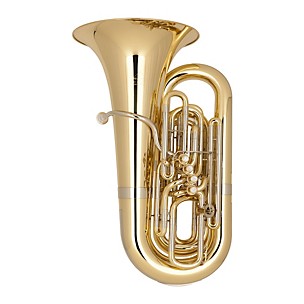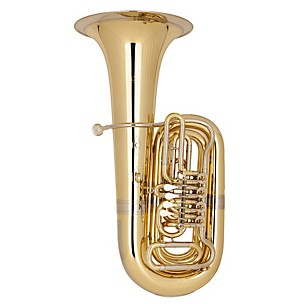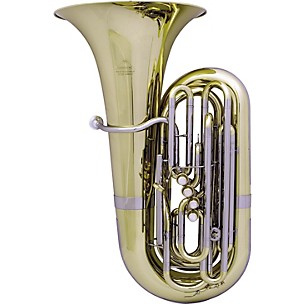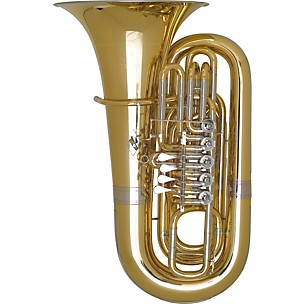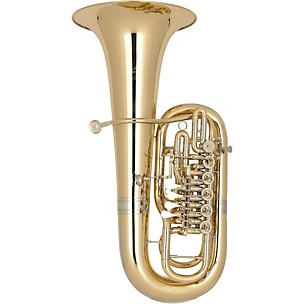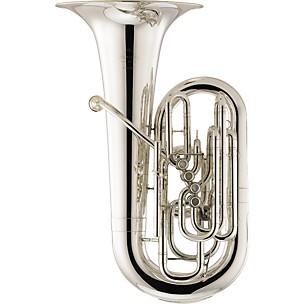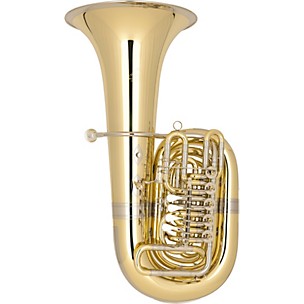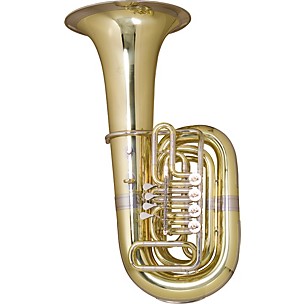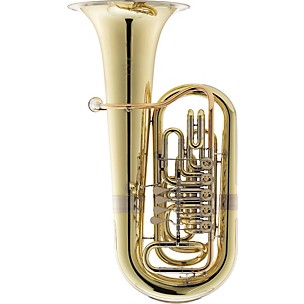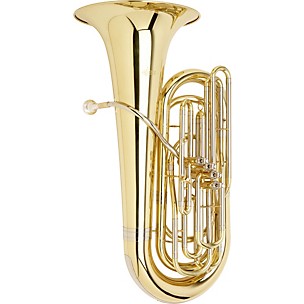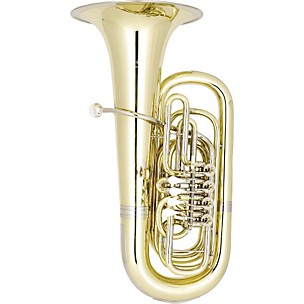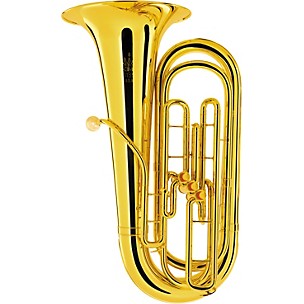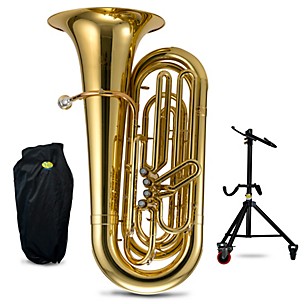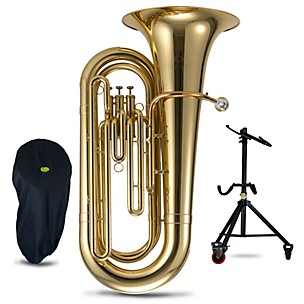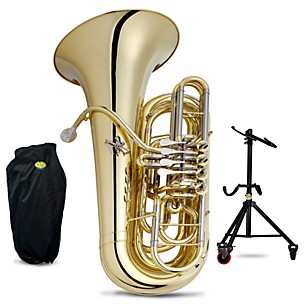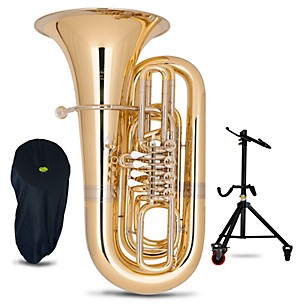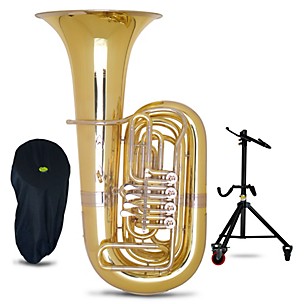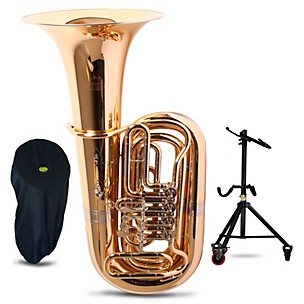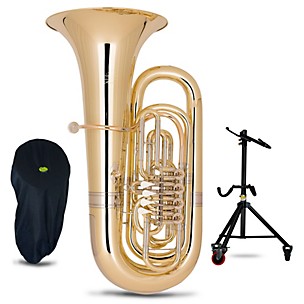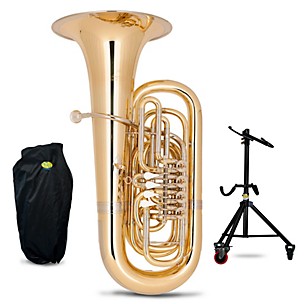Tubas
About the Tuba
The Tuba, the lowest-pitched brass instrument is one of the latest additions to the modern-day symphony orchestra. It all began with a huge mediaeval instrument made of wood and leather that was redesigned numerous times to make the behemoth we all know and love today. Patented by a Prussian bandmaster Wilhelm Wieprecht and German instrument-builder Johann Gottfried Moritz in 1835, the Tuba soon found popularity with British brass bands. Found in several pitches like F, Eb, C, or Bb., this instrument is usually used in concert bands, marching bands, jazz bands, bugle corps and to play lower notes of chords drum and bass lines in full-orchestra or full-brass. It is also used to double other instruments on low parts.
Built of brass that is electroplated with silver, nickel or copper, there are many variations in Tuba like the contrabass tubas, bass tubas, tenor tuba, and sub contrabass tubas. Each of them varies in length of the instrument and the width of the tubing sections. The fundamental pitch in the Tubas is determined by its length. The lengthier the instrument is, the lower is the sound produced. Some Tubas’ can even be transformed into a marching style and are known as "marching tubas". Also known as the "brass bass" or as the grandfather of the brass family, this instrument comes in various shapes and names like the Bombardon, and Helicon, but now it is commonly called as tuba. The energy that is utilized in playing this instrument is definitely worth the magnificent sound that it produces. It all began with a huge mediaeval instrument made of wood and leather that was redesigned numerous times to make the 4-valve BB flat compensating behemoth we all know and love today.
